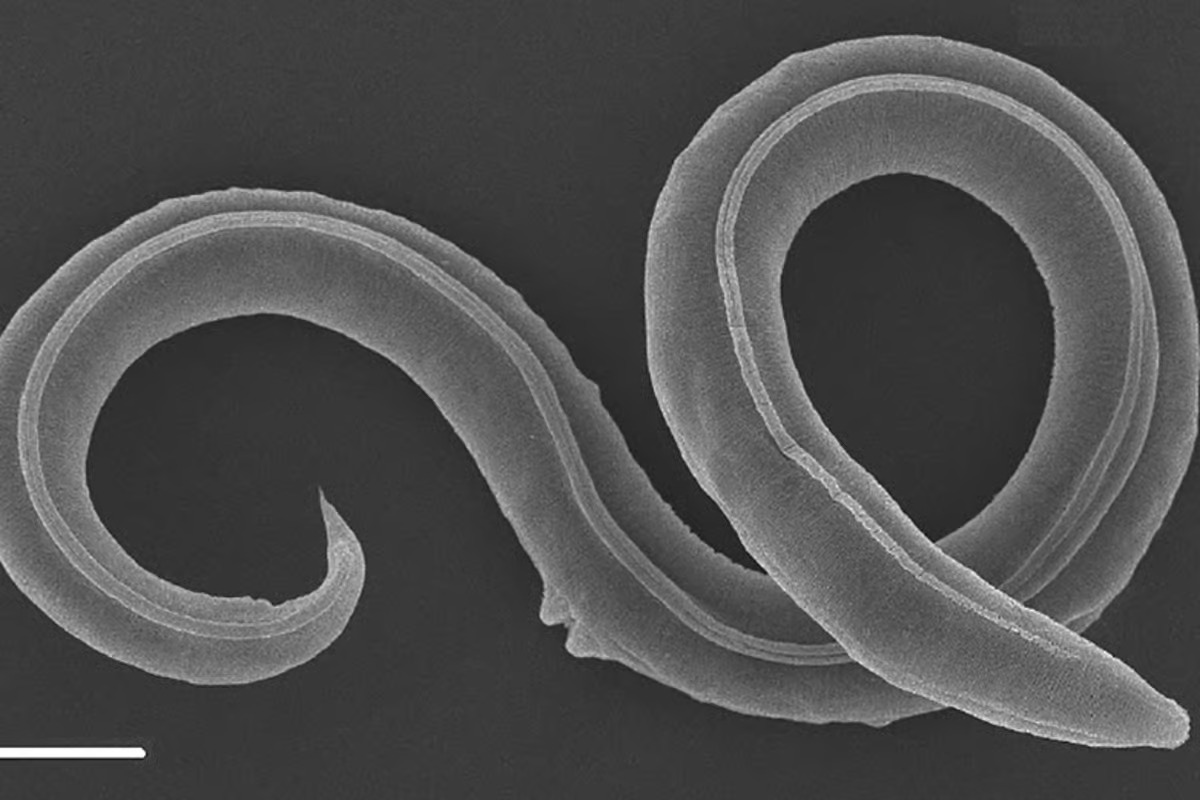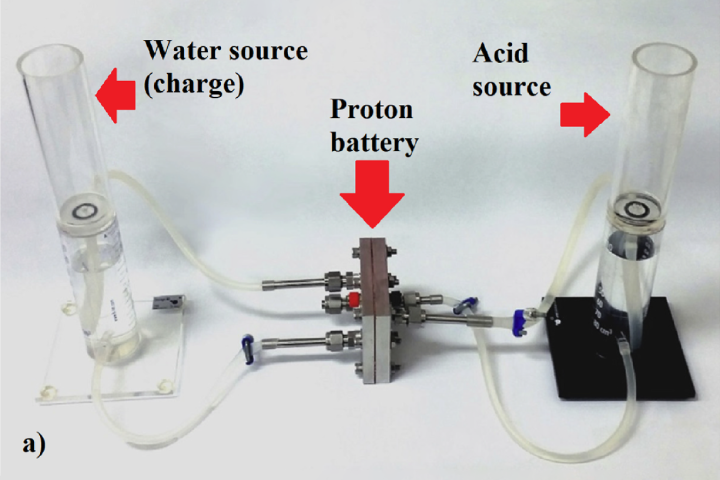 A microscope image of the newly described species, Panagrolaimus kolymaensis, which has been revived from 46,000-year-old permafrost. Alexei V. Tchesunov and Anastasia Shatilovich / Institute of Physicochemical and Biological Problems in Soil Science RAS
A microscope image of the newly described species, Panagrolaimus kolymaensis, which has been revived from 46,000-year-old permafrost. Alexei V. Tchesunov and Anastasia Shatilovich / Institute of Physicochemical and Biological Problems in Soil Science RAS
In 2018, scientists discovered two viable specimens of nematodes (small, soil-dwelling worms) in samples taken from the Siberian permafrost. These deposits were taken from 40 m (131 ft) below the surface, and radiocarbon analysis revealed that they’d remained frozen for around 46,000 years. Incredibly, when the team warmed them back up to room temperature, the worms wriggled back to life.
Now, some of the original researchers have teamed up with scientists from the Max Planck Institute of Molecular Cell Biology and Genetics to analyze the genome of the ancient worms. Sure enough, they found that they constituted a previously unknown species, which was named Panagrolaimus kolymaensis.
They compared it to a living species of nematode called C. elegans, which is often used as a model organism in biology studies. Intriguingly, both species seem to use most of the same genes to enter cryptobiosis, their hibernation state.
In tests, the team found that P. kolymaensis survived in better condition at -80 °C (-112 °F) when it underwent mild dehydration first. This environment seemed to cause both species to produce a sugar called trehalose, which seems to improve their endurance in cold and more intense dehydration later. To test the idea, the researchers froze C. elegans for 480 days, and found that upon thawing they had no decline in viability or reproduction. This is far longer than had previously been documented.
The research highlights a strange symptom of climate change that we now face – melting permafrost could potentially unleash all kinds of unknown organisms that have been lying dormant for millennia. That’s not to mention the methane, nitrous oxide and mercury.
The research was published in the journal PLOS Genetics.
Source: Max Planck Institute
–























